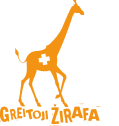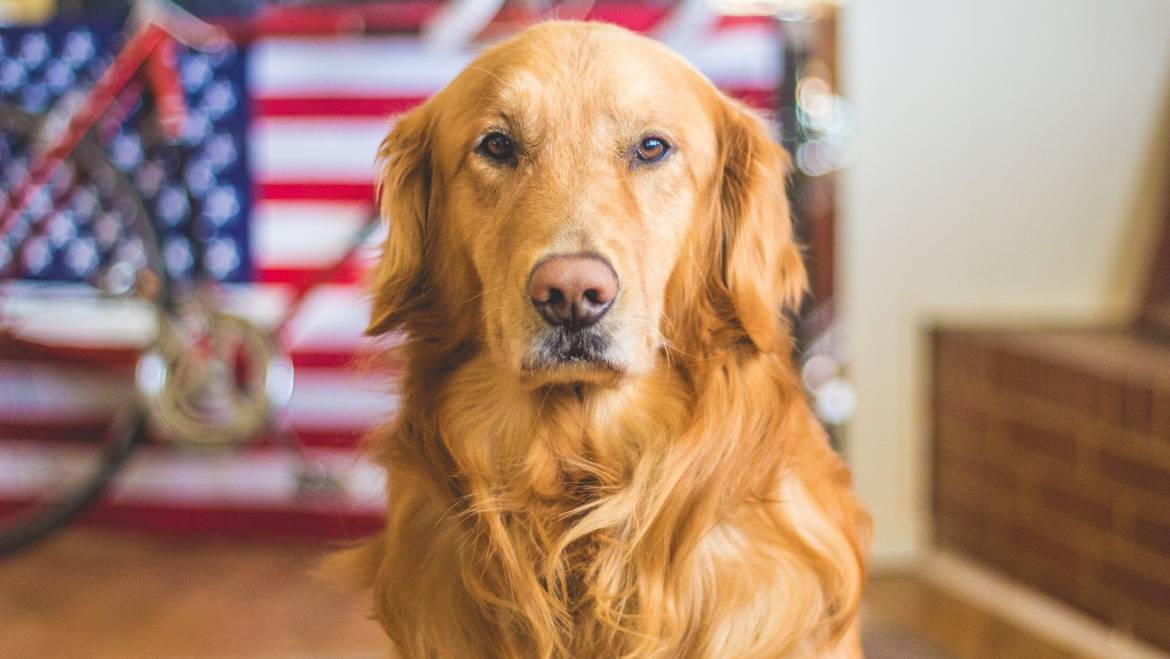The purpose of veterinary anesthesia is to ensure the safety and effectiveness of procedures and surgical operations. Anesthesia helps to reduce pain, development of stress, discomfort and possible side effects for the patient. First, the animal is sedated (the animal is calmed down), then the animal is put under general anesthesia, during which the sensation of pain disappears, the consciousness is suppressed, and the muscles relax. In each individual case, the optimal anesthesia plan is selected, taking into account the painfulness, duration, age of the animal, concomitant diseases of the performed procedure or operation.
There is no need to be afraid of anesthesia, because before it we always perform a clinical examination, during which the work of the animal’s heart and respiratory systems is evaluated, and blood tests are performed. Blood tests help assess the condition of the animal’s kidneys and liver and detect early signs of the disease in time.
Our clinic patients are treated with anesthetic agents widely used in the world. We successfully use inhalation anesthesia during complex operations, or in the case of the peculiarities of the animal’s health condition, to maintain general anesthesia. During inhalation anesthesia, the animal breathes through an endotracheal tube inserted into the airway, which is connected to the inhalation anesthesia machine. Depending on the situation, we can adjust the depth of the animal’s anesthesia, and after disconnecting the anesthetic supply, the animal starts to wake up after a few minutes.
REMINDER:
Before the planned anesthesia, an adult animal should be starved for 12 hours, water should always be available.

